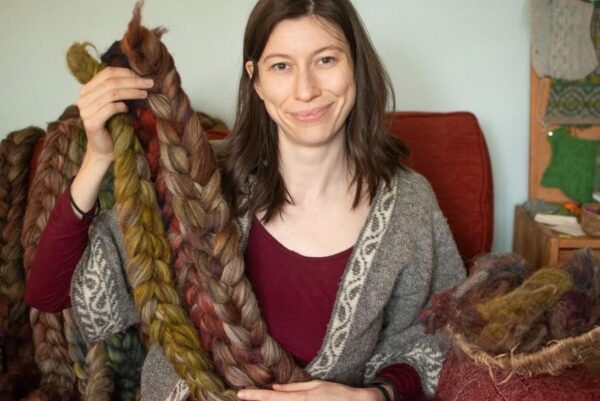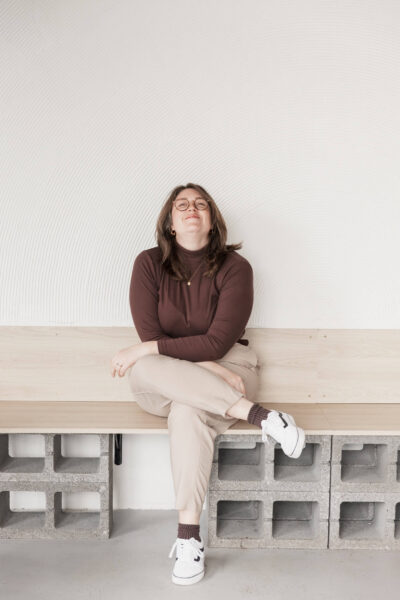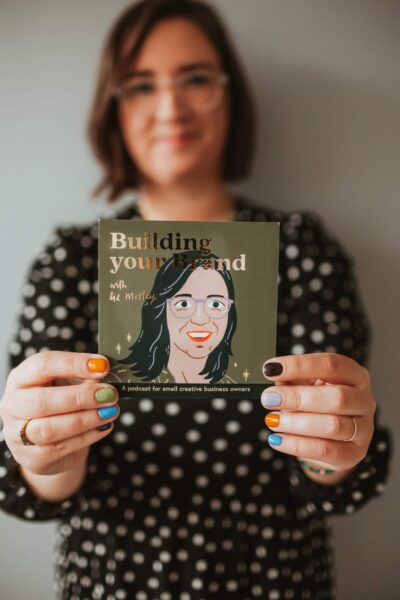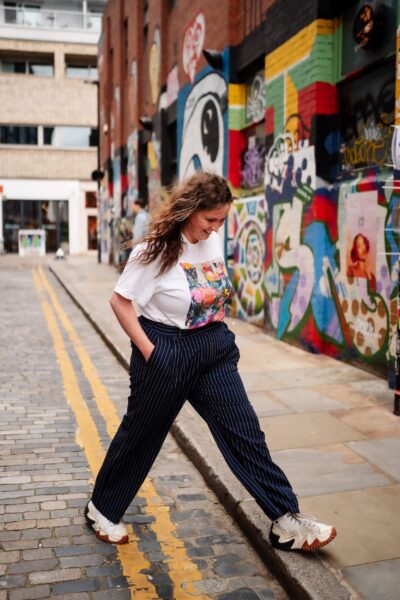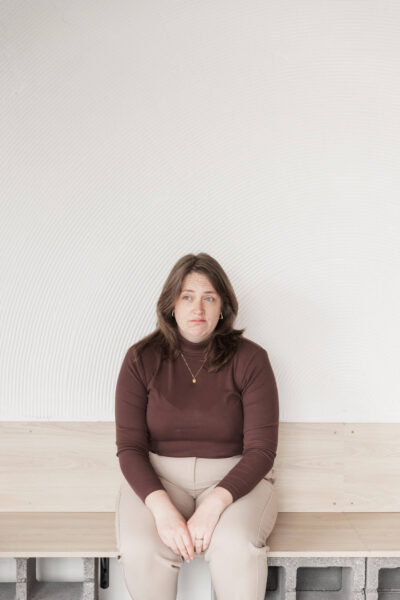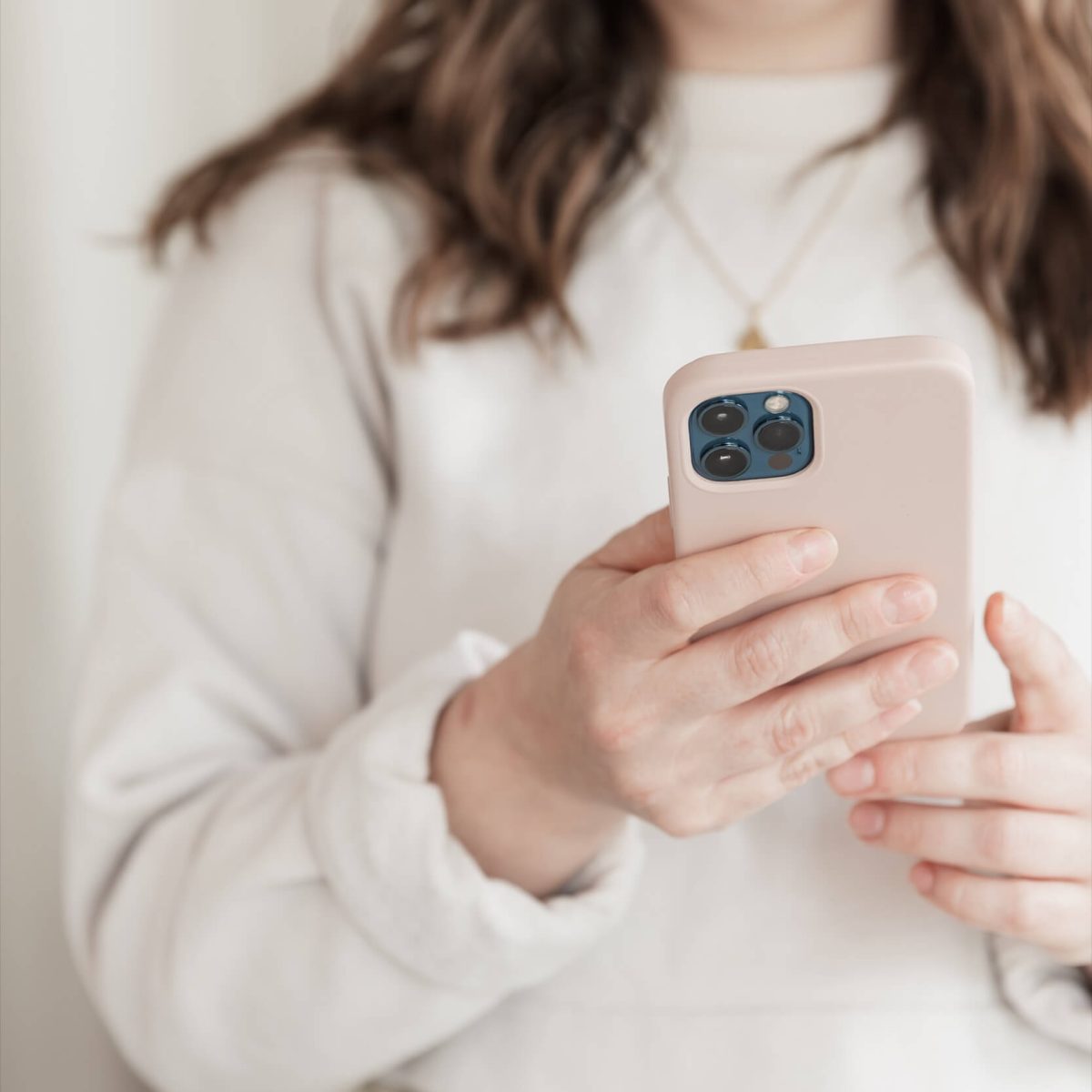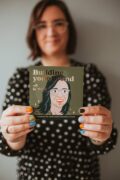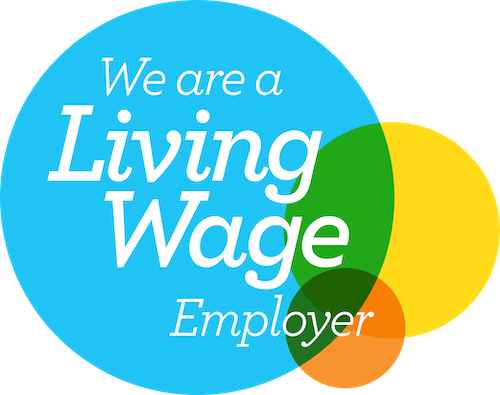Oh Instagram, how I both love and hate you. You brought me great friends, you introduced me to exciting local businesses. You allowed me to share marketing tips with thousands of people, and even helped sell plenty of tickets to our Bristol workshops.
In May 2019, you changed that darn Instagram Algorithm again. And now I don’t know how to please you.
The problem is probably your Instagram Reach, not your engagement.
Reach measures the volume of people who have been shown your content. It is totally determined by the super secret Instagram algorithm which is picking up on different cues to determine how far and wide it promotes your content.
A high reach demonstrates that Instagram values the content that you’re sharing.
Engagement reflects the interactions – the likes, the comments, the shares and the saves. Engagement is best analysed as a percentage of the reach, an engagement rate, as this gives a good representation of the interest and sociability of your content.
A high engagement rate demonstrates that your audience values the content that you’re sharing.
For example, two grid posts could both have 100 interactions. Without seeing the under-the-hood stats, it would appear that both posts have been equally successful. However, if the first post reached 10,000 people, and the second 250, we can see that the engagement rates are 1% and 40% respectively.
For every 100 people who saw the first post, only 1 felt engaged enough to interact, compared to 40 out of 100 for the second. That first post sucks, that second post rocks.
This is one reason why Facebook/Instagram are rolling out hidden like counts from posts. It was always a terrible metric for success, and yet so many of us obsessed over getting more, more and more little red hearts.
Reassuringly, when the @studio.cotton Instagram started feeling the effects of the latest Instagram algorithm change, we weren’t alone. Our clients, our friends, our Insta-crushes were all reporting a big dip in results, and most were concerned about drastically lower engagement.
They were concerned that their content was suddenly much less valuable, much less interesting – and therefore they might be less valuable and less interesting. But, for literally every account I’ve seen, this is 100% not the case.
We’re all seeing massive fluctuations and massive lulls in reach. People are still reacting to our content at the same rate, just the Instagram Algorithm is choosing to show it to fewer people.
As someone who answers the question “how do I get more Instagram followers/likes/comments/purchases” on an almost daily basis, I have been trying (and failing) to get back onto Instagram’s good side. So here’s everything I’ve tried impress the Instagram algorithm in Summer 2019.
1. Fewer Instagram hashtags
Theory
Using fewer hashtags demonstrates that you’re not spamming irrelevant campaigns or hashtagging for the effect of hashtagging.
Actions
I shared a couple of Instagram grid posts with just the core Studio Cotton hashtags. Our brand name, our community tag #smartcreativekind, and 5 local or small-business focus tags.
Results
There was no impact on our Instagram reach, which I found really interesting. Removing 23 hashtags from our posts didn’t negatively affect how many people were seeing our posts – which probably shows that the hashtags we were using previously were not helping us either.
2. More targeted, low-follower hashtags
Theory
Using Instagram hashtags with fewer followers gives a higher chance of being seen by people using those hashtags. They’re also more likely to be relevant to your post as you research each tag.
Actions
For this strategy I followed a wonderful blog post from Marie Ann Altuve, How to TREND on Instagram using Hashtags (Update Summer 2020: unfortunately it looks like this original post no longer exists, sorry! ).
It has super clear instructions on choosing the right hashtags and the impact it can have on your reach. It was written pre-Instagram algorithm change, but selecting hashtags by volume of use was still something I hadn’t tried before. The logic was sound, and results looked great.
Previously I had 11 batches of hashtags that I would switch up between posts to make up our 30. 7 core hashtags, 5 groups of secondary hashtags focused on my business function and community, and 5 specific groups of hashtags, like office decor, social media tips, Bristol events.
I won’t describe Marie Ann’s process here (because you should totally read her blog post) but I used a bit of a shortcut. When scheduling our posts for August, I still included our core tags, but added 10 – 15 brand new tags that were specific to the content of each post.
Results
Mixed. Over eight posts, I’ve seen 1 – 30% reach from hashtags.
Unsurprisingly, the more specific the hashtags and the more typically Instagram-able the content, the greater the impact.
Unfortunately, most of the content I share (marketing tips and inspiration) isn’t as Instagram-able as topics like food, arts and crafts, kids or decor. My posts with the higher reach from hashtags were more generic, and less reflective of my business as a whole. So yes, I reached more people, but I’m not sure they’re the right people for Studio Cotton.
I can 100% see this approach working for brands centred in the most Instagram-able industries, so if you’re a baker, yarn enthusiast or badass blogger – definitely give this a try.
For me, I’m not sure. I spent a good few extra hours researching great hashtags and at this stage in my business, I don’t think I’ll be able to justify the return on my time investment.
3. Posting on Instagram every day
Theory
More posts = more social. You’re starting more conversations about topics that are relevant and important.
Actions
Technically, I’ve always aimed to post every day. In reality, grrrrrl I’m terrible. I think I managed fewer than 30 posts from May – July. For the past 10 days, I’ve scheduled unique, interesting and (IMHO) pretty posts every day.
Results
Our reach is still really inconsistent, but it doesn’t appear to be linked to the frequency at which I’m posting.
Most importantly, I am not being penalised for posting every day, which means the cumulative reach (the total for the time period as opposed to per post) is way higher than if I were to post 2-3 times a week. This one is still a winner for me, even if it’s not actively pleasing the Instagram Gods.
4. Instagram content designed for saving
Theory
The ‘save’ is an often overlooked interaction on Instagram, and not one I’ve ever put much focus in to – but always one that brings joy when I see the little flag count jump higher.
A save is a really strong signal that your content is valuable, since the viewer has indicated that they intend to return to your post later.
Action
This tied in nicely with a brand refresh at Studio Cotton which was excellent timing. I’d been aware for a while that the Studio Cotton Instagram feed wasn’t looking enough like a marketing agency, and we weren’t showing off our amazing client work.
I wanted to add graphic posts into the mix, partly to share our brand identity and website projects, but also to make our marketing tips easier to spot when scrolling through the feed. The tips have always our best performing content, but they’re super hard to spot in grid-view as the accompanying pictures were indistinguishable from other posts.
We created a series of templates for text-based posts that would still look lovely and on-brand, and be totally obvious at first glance for saves and feed views.
Results
Well, we got the saves I dreamed of. Our first post in the new style had over 100 saves, when I usually average around 0 – 10. I also did a shameless re-share of a marketing tip that was 2 months old in the new style, and saw saves increase over 300%.
However.
The influx of saves didn’t seem to impact the reach of future posts. Short term gains, long term nothings – or so it seemed…
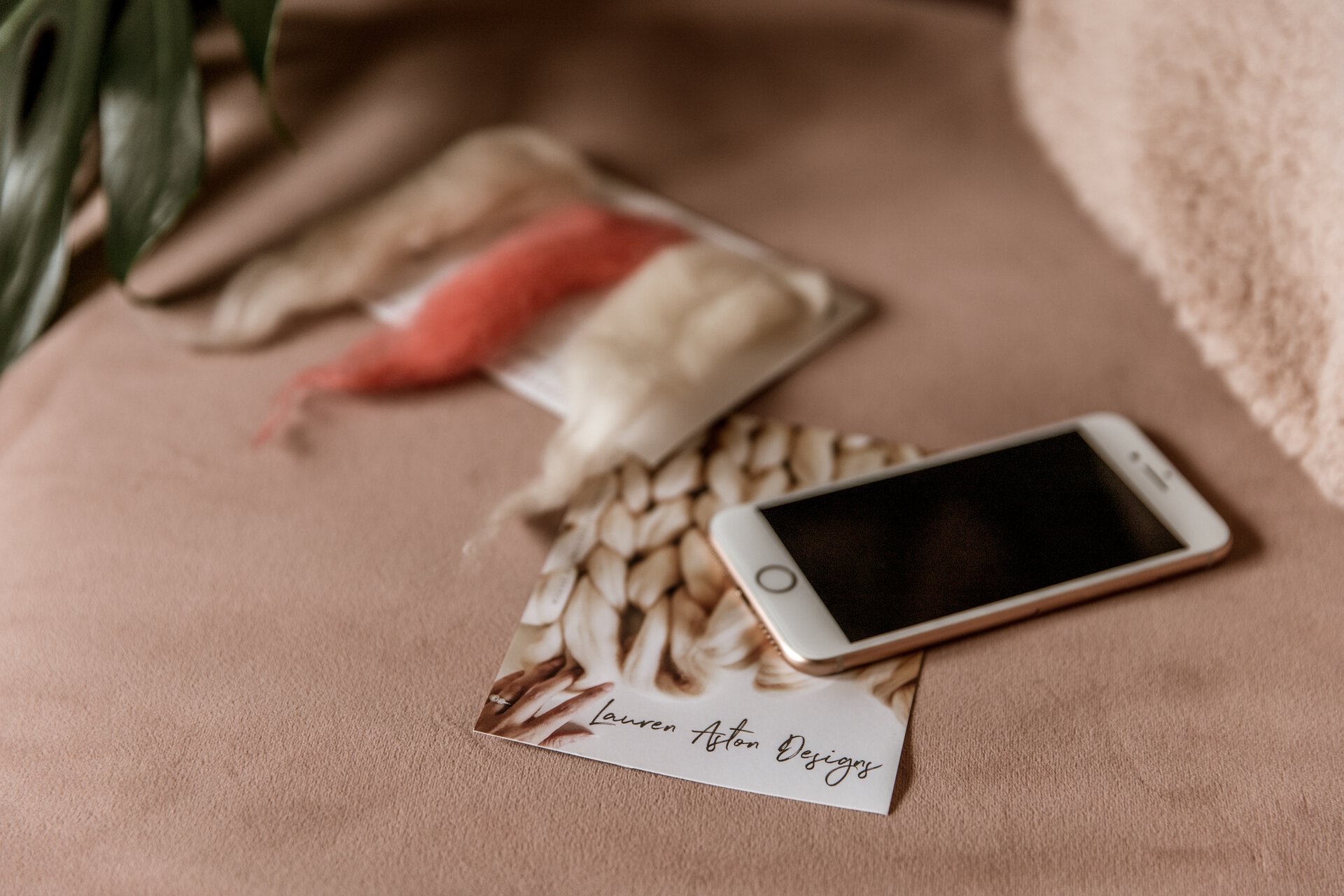
Impressing the right Instagram influencers
Our posts are reaching fewer people, but they are still reaching people – and you never know who those people will be. During my experiments with saveable content, it looks like my new style posts caught the eye of a few wonderful, local, relevant accounts with large followings.
Lauren Aston Designs, Joanne Hawker and Helen of The Creative Business Network are incredible women who I know personally (ok, after meeting via Instagram), and they shared one or more of my new save-able posts, or gave me a big-out on their social media platforms.
All of which resulted in influxes of lovely new followers, who (hopefully) I’ll be able to reach with lovely new posts.
So what have we learned about impressing the new Instagram algorithm?
Not enough. I’m still not confident enough to say “if you want Instagram to like you more, do X, Y, and Z, but never A, B, or C!”. All we can do is continue to share valuable, original content in a format that easy to spot and enjoy – and, well, hope for the best.

